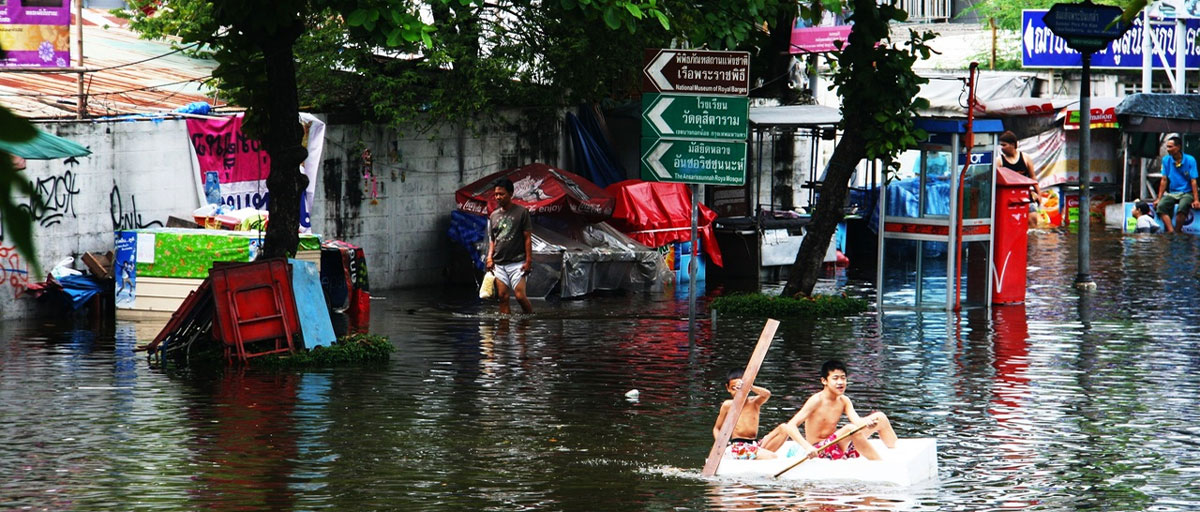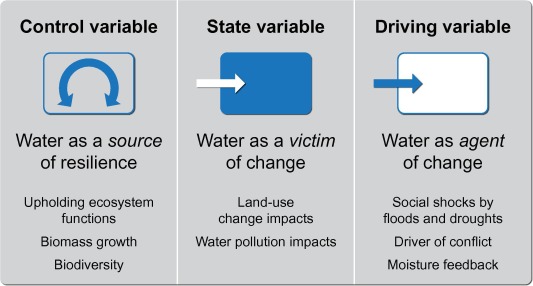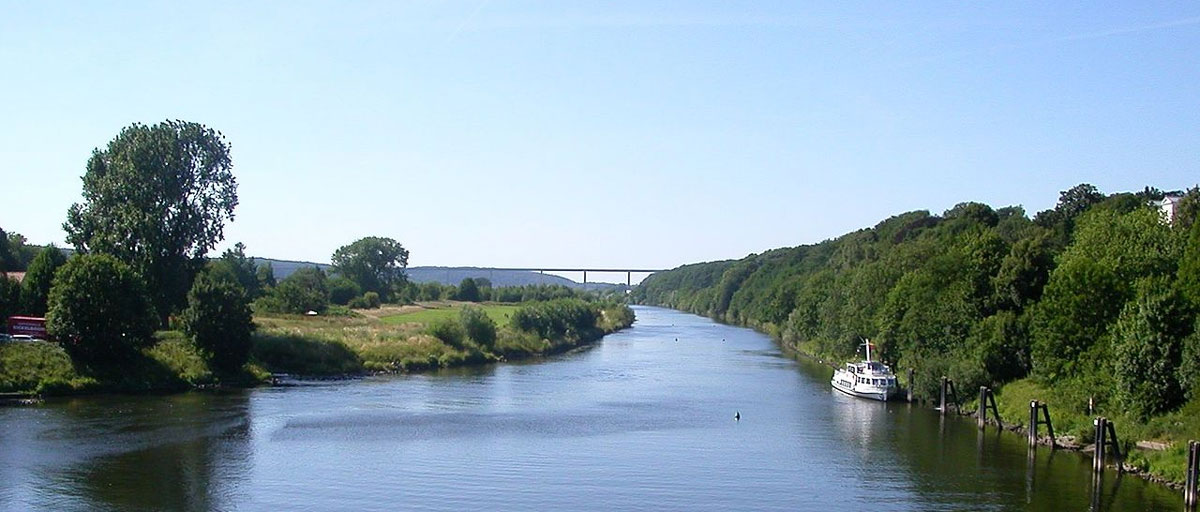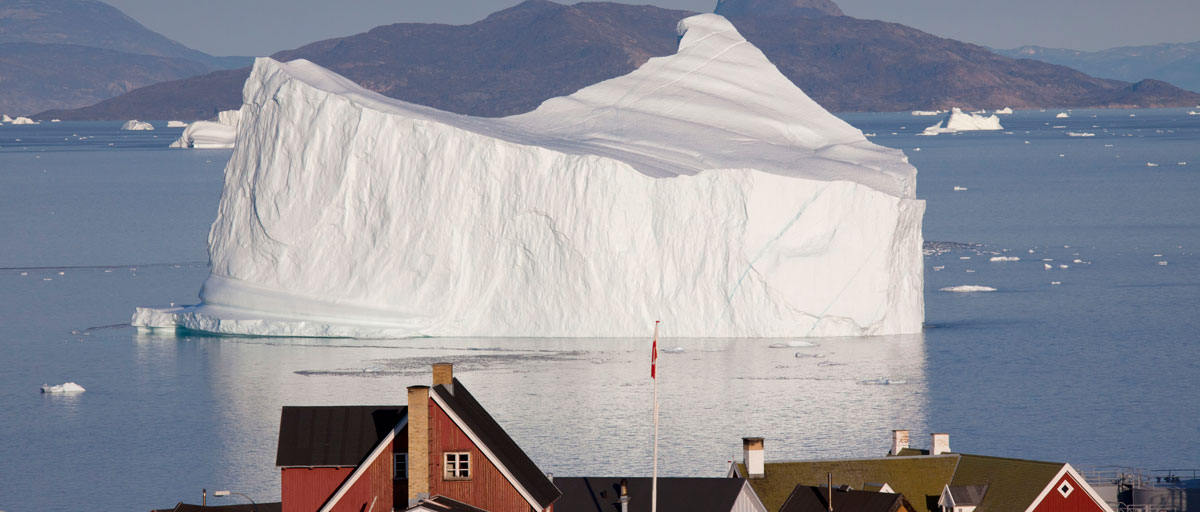
Water is not only a generator of ecosystem services like food and energy, it is also a critical agent of change and a victim of change through droughts and floods caused by global warming, a new study explains. Photo: PxHere
Bildtext får vara max två rader text. Hela texten ska högerjusteras om den bara ska innehålla fotobyline! Photo: B. Christensen/Azote
Water sustainability
A friend and a foe
Amid global environmental change, water becomes both the victim and the instigator for irreversible damage
- Study describes three different roles water plays in maintaining or disrupting the resilience of a system: “source”, “victim” or “driver” of change
- It provides an extensive list of examples where the erosion of water resilience have caused environments or societies to fundamentally change or collapse
- The evidence points at eight core functions through which water provides or undermines system resilience
Water is fundamental for all life on Earth. As it flows through rivers and streams, rests in lakes and oceans, and falls as rain, water it serves as the bloodstream of the biosphere.
Any changes to this stabilizing capacity can push our planet’s ecosystems or societies to the brink of collapse.
In a study recently published in Journal of Hydrology X, centre researchers Malin Falkenmark, Lan Wang-Erlandsson and Johan Rockström describes three different roles water plays in maintaining or disrupting the resilience of a system: water can be the “source” of resilience which maintains important functions of an ecosystem, it can be the “victim” of change caused by for instance land-use change and pollution or it can also be the “driver” of change, causing significant damage through for instance droughts or floods.
Water is not only a generator of ecosystem services like food and energy, it is also a critical agent of change, for instance functioning as a greenhouse gas and a regulator of temperature on Earth, and a victim of change through shocks like droughts and floods caused by global warming
Malin Falkenmark, lead author
Eight ways to collapse
Generally, the authors explain, water influences resilience through eight fundamental functions. These include regulation of the Earth’s climate and energy balance, regulation of the water cycle, production of biomass and food, societal water supply, transport of nutrients and pollutants, and upholding of aquatic states.
Globally, blue water stocks (groundwater, surface water, ice) vastly exceed the volumes of green water stocks (soil moisture, air moisture and living matter). In terms of flows, by contrast, more green water flows (terrestrial evaporation) are involved in the core functions than blue water flows (runoff and irrigation).
In the study, the authors provide an extensive list of examples where the erosion of water resilience functions have caused ecosystems and societies to fundamentally change or downright collapse. Common types of water-related ecosystem collapse include irrigation using salinized water (salinization), deforestation (savannization), desertification, river basin closure, groundwater depletion(aquifer depletion), water accumulation in the soil, eutrophication and dams and reservoirs that disrupt flow variation (aquatic system collapse).
Environmental collapse have in many cases contributed to societal collapse, such as the collapse of fishery and local communities around the Aral Sea and the collapse of the entire Maya civilization. More recent events such as the Arab Spring and the Syrian war also have clear connections to changes in water flows.
“There is rising indicative evidence of how deterioration of fundamental water functions has contributed to or accelerated human conflicts and national instability,” co-author Johan Rockström explains.
“A non-resilient natural system can influence and in worst case trigger avoidable societal failures,” co-author Lan Wang-Erlandsson adds.
One of the worst scenarios would be the collapse of the Amazon rainforest or a total glaciers meltdown, but as the authors note, this has fortunately not been observed yet.

The three roles of water for system resilience.
In the Anthropocene water issues are global
One of the core messages of the study is that in the new geological epoch of the Anthropocene, where humans is the driving force behind planetary change, water resilience is no longer just about water, it is linked to climate change, dietary choice, trade, consumption and much more.
Furthermore, water issues have gone global. In the past, water were studied at catchment scale, lake scale or community scale. Today, we talk about the global effects of melting glaciers, changing rainfall patterns and increasing drought risks. Added to the scale is also the speed of which changes are happening and the responses they require. Current human interference in all water functions is modifying life support systems on the entire planet.
“Regime shifts in the past have occurred at the local to regional scale, but with the dawn of the Anthropocene, we now need to consider risks of human induced regime shifts at the planetary scale,” the three authors conclude.
Falkenmark, M., Wang-Erlandsson, L., Rockström, J. 2019. Understanding of Water Resilience in the Anthropocene, J. Hydrol. X 2, 100009.
Malin Falkenmark is an internationally regarded water scientist focusing on green water, ecohydrology, hydrosolidarity and water resilience.
Lan Wang Erlandsson is a postdoctoral researcher in the Planetary Boundary Research Network focusing on the large-scale interactions between land, water, and climate, and their implications for resilience
Johan Rockström is a professor in environmental science with emphasis on water resources and global sustainability. He is internationally recognized scientist for his work on global sustainability issues.









